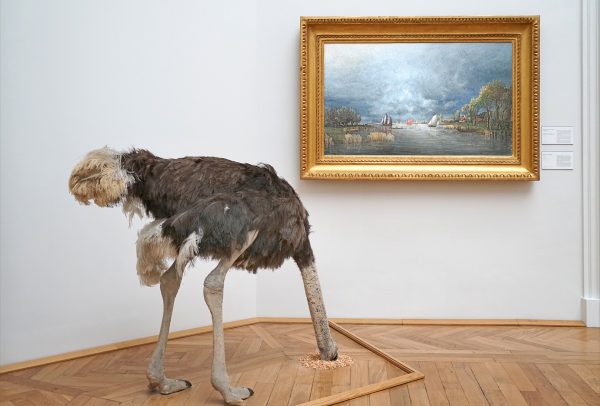He has the heroic allure of the self-made-man. Of the kind who pulled himself up by his bootstraps. The son of a truck driver and a cleaning lady, Maurizio Cattelan was born in 1960 into an ordinary, working-class family in Padua, Italy. From 17 to 21, he drifted from one low-paid job to another. At some point he realised he enjoyed working with his hands.
The game-changing encounter with the art world came from the lamps he made for himself and friends. Maurizio Cattelan started hanging out with artists, joined in a couple of group shows and, in the early 1980s in Milan, began working in design. Entirely self-taught, he rapidly positioned himself as a critical observer, exploring themes such as religion, violence and death.

His first major work – A.C. Forniture Sud in 1991 – set up a game of table soccer between a team of African immigrants and an all-white team, and is as much performance as social commentary. Cattelan would never depart from this sense of fierce irony, which he uses to ridicule institutions, whether football, politics or the art world, or express a scathing view of History. When he finally settled in New York in 1991, dark humour and provocation had become his calling card.
Serial provocateur
Among his most memorable works are, of course, La Nona Ora, a life-size wax effigy of Pope John Paul II crushed by a meteorite; Him, a figure of Hitler kneeling in prayer, and La Ballata di Trotski, a taxidermied horse dangling from a harness. All these installations attracted considerable backlash. Cattelan justifies them as pinpointing society’s discomforts and divides.
Lurking beneath the surface of Maurizio Cattelan’s work are his two masters, Pablo Picasso and Andy Warhol, from whom he borrows a star-system culture and media savvy. As for his constant provocation, he claims he is simply holding a mirror to society, reflecting its most violent, most macabre incarnations back to it. Coming from someone who once worked as a nurse at the local morgue, you have to smile.











